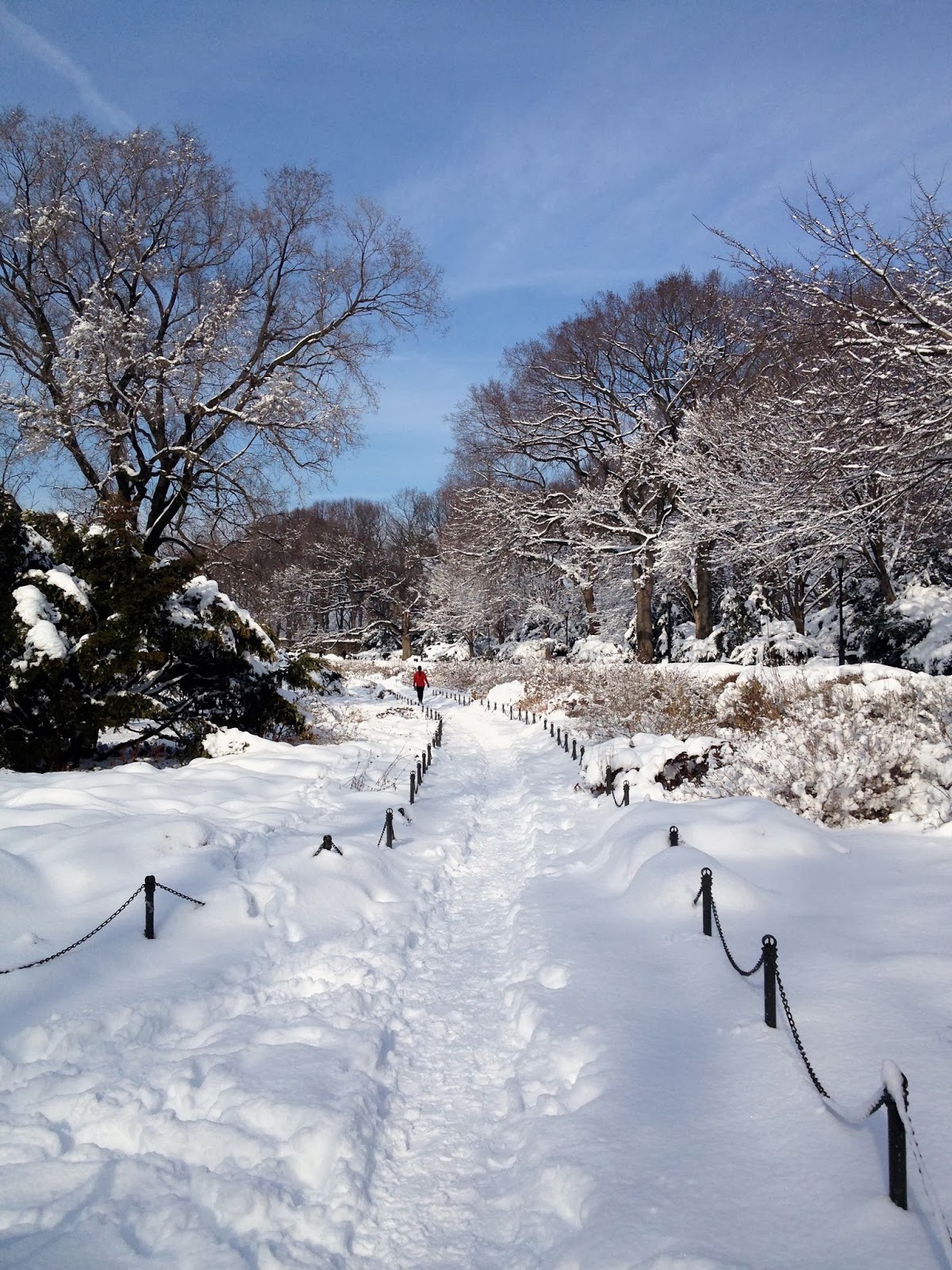My
Fitbit had a field day when I went cross-country skiing last weekend in Vermont at
Wild Wings Ski & Yoga http://wildwingsski.com/. The snow was plentiful, the weather just right for stomping around on skis with skies clear, sun plentiful, with little wind.
And stomp around is just what I did. Last year I moved from Minneapolis, MN, where I used to ski on a city lake that was groomed. Yup, you read that right. The City of Minneapolis grooms cross-country ski trails in the heart of the city. That's partly why the city and the state rank so high in health studies.
But now I live in New York and vacation as much as possible in Vermont. In the Green Mountains. Wild Wings is anything but flat once you get off the green beginner trails. The intermediate trails at Wild Wings are designed for a good cardio workout with lots of climbing. In years past I had rented skis from Wild Wings and had thoroughly enjoyed myself on those climbs. Wanting to save a few bucks, I tried my Minnesota skis.
I have been skiing for 20 years, but, in fact, I am a novice. I feel like I have sticks attached to my feet. People who have skied since they were kids think nothing of having sticks on their feet. I still can't get over it.
I fell climbing the first hill as soon as I had to use a technique called herringbone, duck walk, or V-1. It looks like this when done by a competent skier:
It was face plant time in between my skis. I picked myself up and trudged onward. Step, slide backwards, fall. Repeat. I learned that by taking smaller steps than I might have with rental skis, I could survive and sort of hang with the group I provided they went slower. When I hit a really steep patch I often had to revert to side-stepping, a slower technique, up the hill.
I finally got the hang of how to cope, somewhat, and began to enjoy myself. Who wouldn't, with scenery like this and the woods to ourselves?
Loon Trail, Wild Wings Ski & Yoga
We skied 5.1 kilometers. I was completely bushed. I had used my arms much more than normal, which I could tell from my achy biceps and triceps the next day. My abductors were burning from the herringbone, which requires you to walk knock kneed. Through some miracle I did not get hurt.
Back at the warming hut built from lumber harvested on the property, we chowed down some delicious vegetarian chili that Mama Wild Wings made. I spoke with Papa Wild Wings, a cross country ski expert, about my skis. He put them back-to-back and squeezed them with his strong hands. They were like pancakes. Then he did the same with a pair of his rental skis. They had a nice little bounce in them. It was obvious that my skis were much stiffer, less flexible, and harder to squeeze. He told me that I would have to put lots of pressure on my skis to stay upright. In other words, I had to stomp. I know only a poor carpenter blames his tools, but, What a relief!
I was delighted by the number of steps (8000, give or take) and the number of stairs (111, a record for me!) that Fitbit registered. All of those baby steps on skis paid off! For some strange reason, given my perceived exertion and the accumulated sweat on my long underwear, only 6 minutes were "very active minutes." I had skied for 90 minutes and yet only 6 of them met the Fitbit standard. They were probably the minutes I spent getting up off the ground. . .
I'm going to ski again and see whether I can improve my "very active minutes" score.














